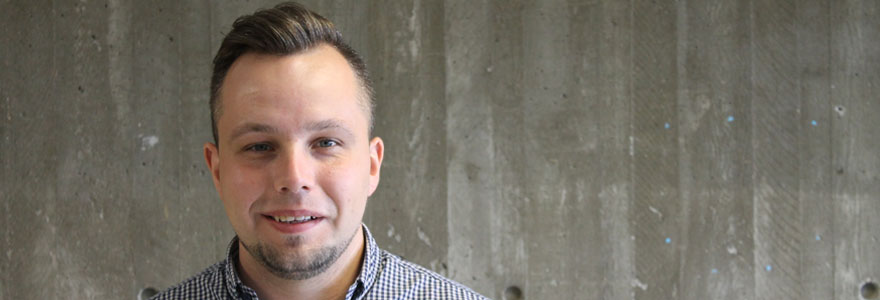News and Updates
Contact
Faculty of Social Science
Social Science Centre
Room 9438
Western University
T. 519-661-2053
F. 519-661-3868
E. social-science@uwo.ca
Policing partnership puts big data on patrol
January 16, 2020
Story by Paul Mayne (Western News)/ Photo by Rob Rombouts
Law enforcement agencies across the country could have a new partner in creating safer communities thanks to a Western-led partnership introducing academic research and big data into policing.
Think Moneyball – for police work.
Led by Sociology professor Laura Huey, the Canadian Society of Evidence-Based Policing (CAN-SEBP) brings together police departments, academic researchers, public policy-makers and others interested in using academic research as a cornerstone of policing.
Formed in 2015, CAN-SEBP researchers combine volumes of crime statistics, along with interviews with officers and community members, to present an evidence-based picture to police services allowing them to make more informed decisions about resources and tactics.
“Traditionally, police services have done what they believe to be the right thing for all the right reasons – but it has not been based on research,” said Rich Johnston, a Barrie, Ont., Police Inspector who is leading the CAN-SEBP in his agency. “This was a logical step for us to partner with Western.”
With roots in the United Kingdom, and a growing popularity in the United States, evidence-based policing is an approach to policy making and tactical decision-making that emphasizes the value of statistical analysis, empirical research and randomized controlled trials. Supporters are quick to point out that the approach does not dismiss traditional police decision-making, but seeks to increase the application of scientific testing, targeting and tracking of police resources.
“I work with police services to try to inform them on how to find evidence, critique evidence and use evidence in their daily practice,” said Jacek Koziarski, a Sociology PhD student and CAN-SEBP researcher. “The overall objective is to basically learn what is effective in policing to ultimately make the police more effective as a whole and more efficient.
“The point is to make police services and police agencies more aware, more open to using this kind of evidence.”
Comprised of 238 sworn police officers and 109 full-time civilian staff, Barrie Police Service serves a community of 141,000 people on the west shore of Lake Simcoe. Johnston approached Western about partnering on the project after seeing similar partnerships work in the United States.
Johnson sees the time as right to embrace this kind of expanded thinking.
“We are hiring some very smart people and it’s time to start engaging them at that level,” he said. “In looking at all aspects of our service, and how we can deliver it better to our community and our members, the idea is to alter our practice in the way we do things and measure things, to make them more reasonable and evidence based.
“There’s so much we need to look at and we need the expertise of researchers.”
Barrie police have used evidence-based studies in the past:
- A study exploring whether youth attending Junior Leadership camps reduce future contact with law enforcement;
- Collaborate Barrie, a multi-agency community response table to address people in acute elevated risk to harm themselves or others;
- A traffic trial focused on the 10 most prolific locations for motor-vehicle collisions, including cars hitting cars and cars hitting people; and
- A four-year analysis of data surrounding the belief that full moons have an effect on people in crisis. (“They don’t,” Johnston said.).
Looking ahead, Johnston added the agency will also consider the relationships, if any, between car theft and cold temperatures, between domestic violence and heat/high humidity and whether domestic violence increases during major sporting events, such as the Super Bowl.
“The goal is to have them use this evidence and, in that lens, become more proactive by using the data and the numbers to possibly predict where things are going to happen as opposed to reacting to calls,” Koziarski said. “It’s an evolution – not a revolution.”

